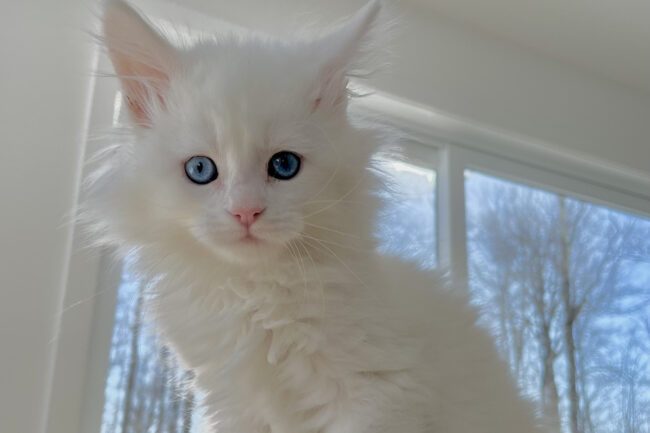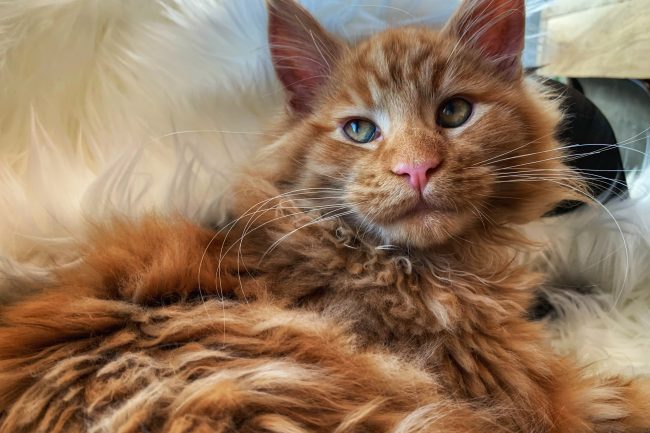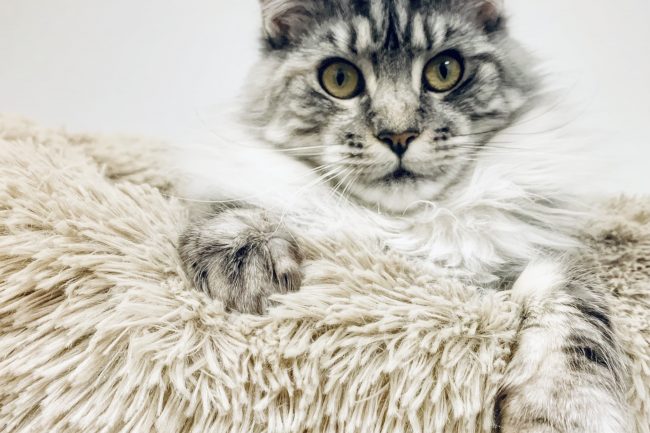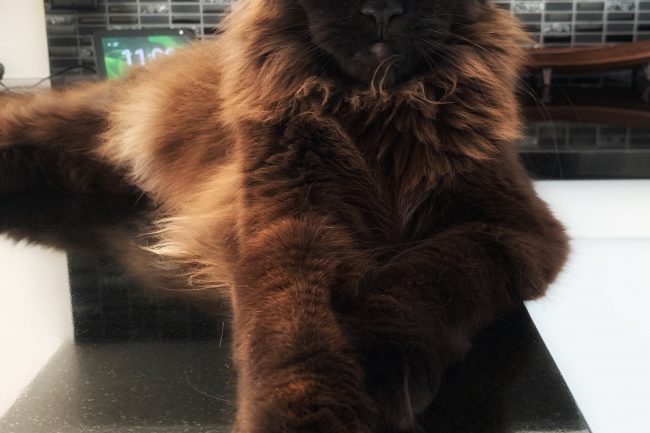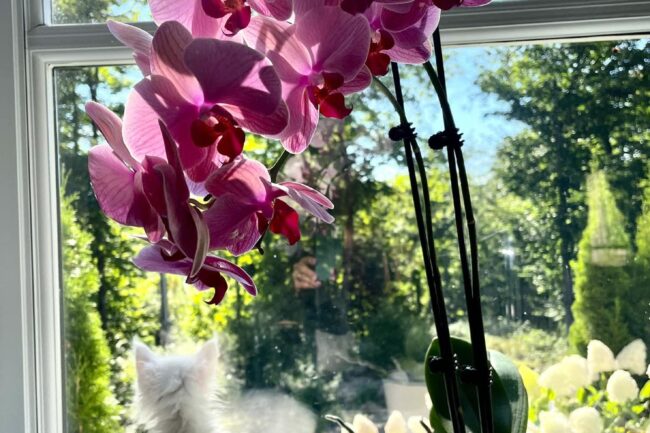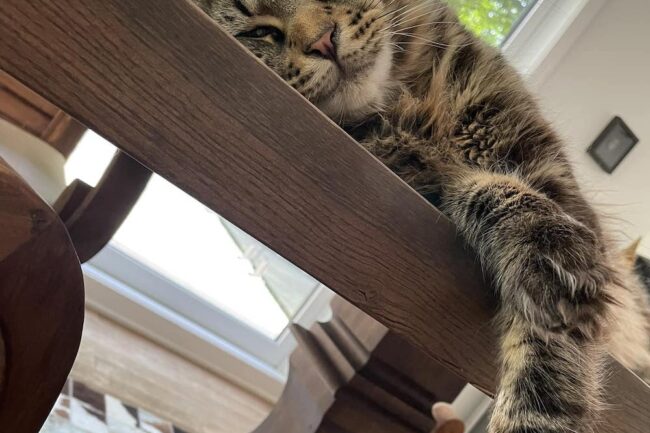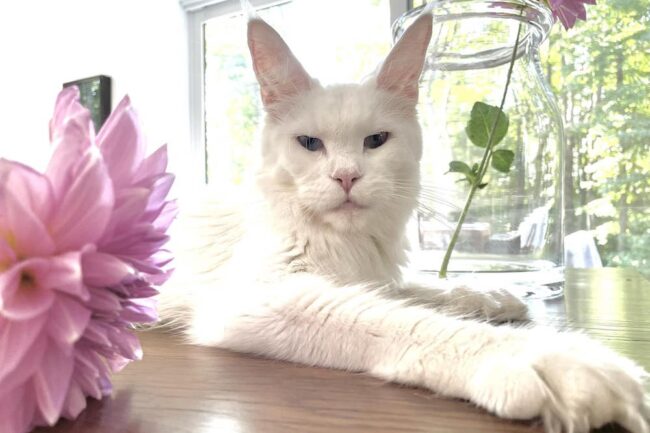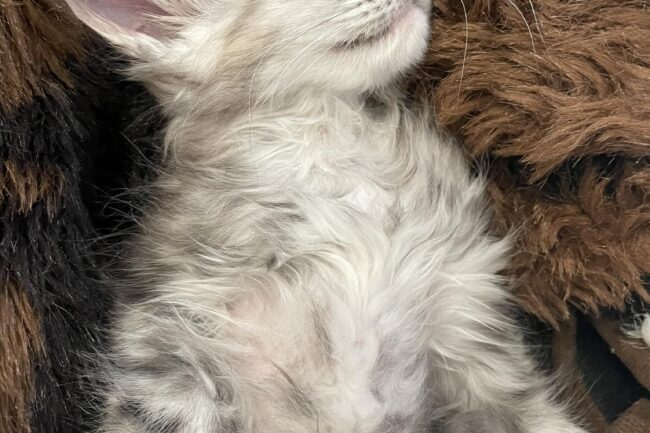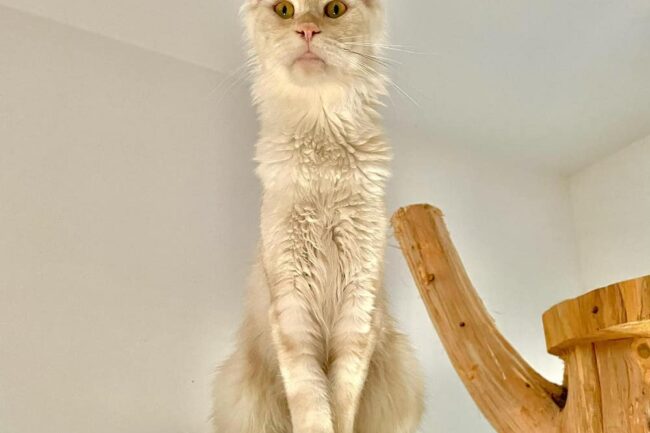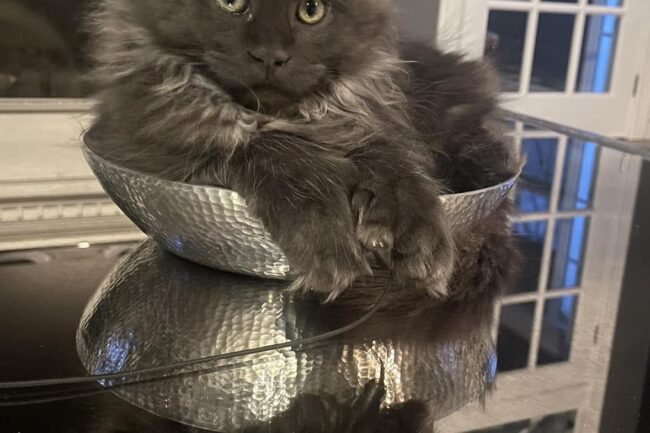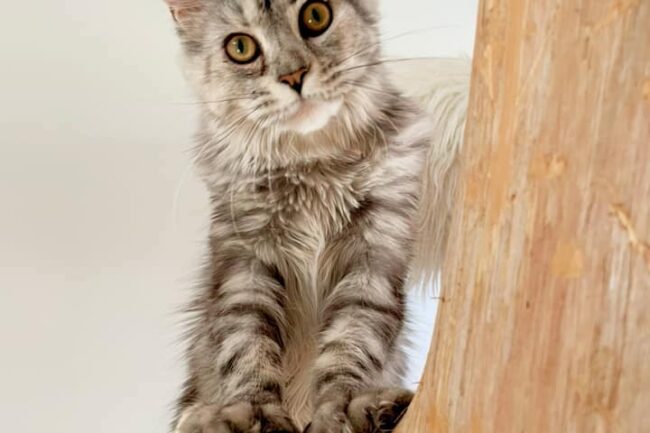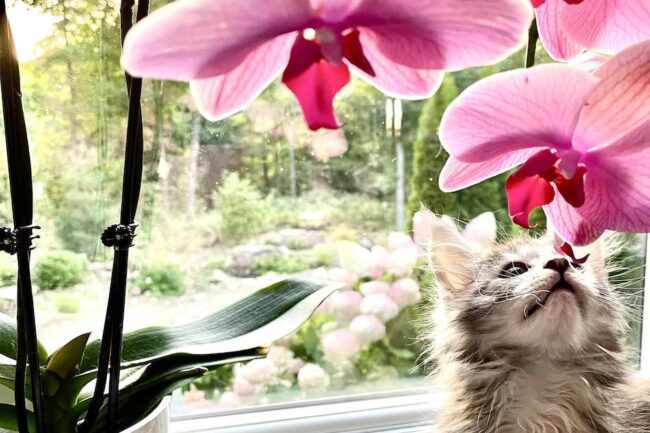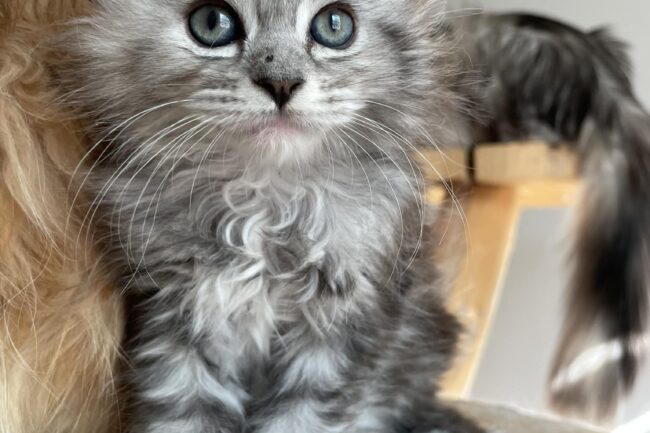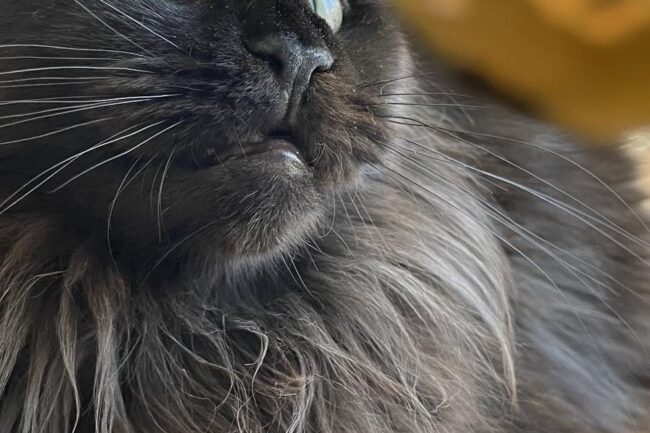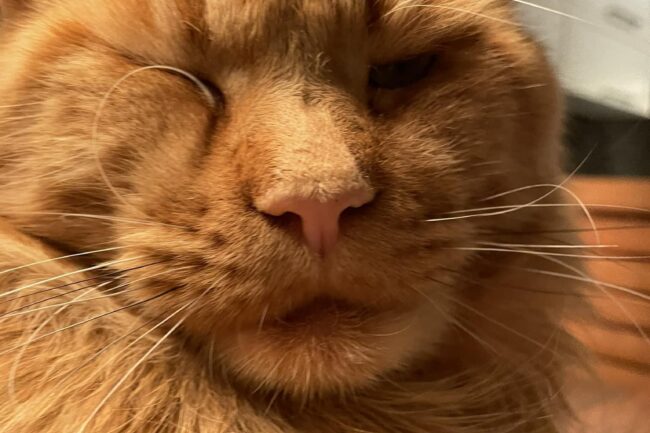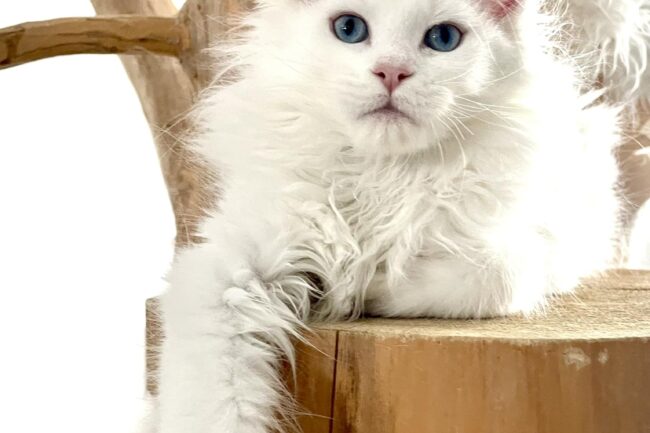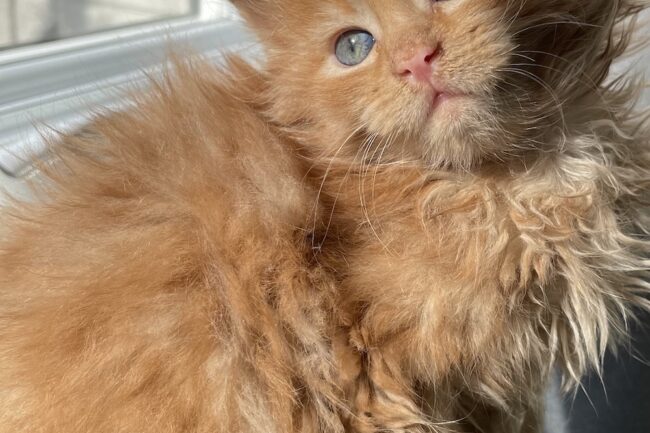Bringing the beauty of nature indoors with houseplants is a popular way to enhance our living spaces. However, it’s essential for cat owners to be aware that not all plants are safe for their feline friends. Cats are curious creatures known for their nibbling habits, and ingesting certain plants can have harmful or even fatal consequences. In this article, we will explore some common plants that are toxic to cats and provide tips on how to keep your furry companions safe.
Amaryllis: Amaryllis, with its stunning blooms, is a popular houseplant during the winter months. However, it contains toxic substances that can cause vomiting, diarrhea, abdominal pain, and even tremors if ingested by cats. Keep this plant out of your cat’s reach to prevent any accidental consumption.
Hyacinth: Known for its fragrant flowers, Hyacinth is a springtime favorite in many gardens. However, its bulbs contain toxins that can cause gastrointestinal distress, including vomiting and diarrhea, if your cat decides to take a nibble. Keep Hyacinth plants away from areas accessible to your cats.
Asian Lily: Certain varieties of lilies, including Asian Lily, pose a severe threat to cats. Ingesting any part of these lilies, especially the petals or leaves, can lead to kidney failure. Symptoms may include loss of appetite, lethargy, vomiting, and increased urination. Immediate veterinary attention is crucial if your cat has come into contact with Asian Lilies.
Daffodil: Daffodils, with their vibrant yellow flowers, are a symbol of spring. However, their bulbs contain toxic alkaloids that can cause gastrointestinal upset, including vomiting and diarrhea, if consumed by cats. Ensure your cat cannot access these plants or their bulbs.
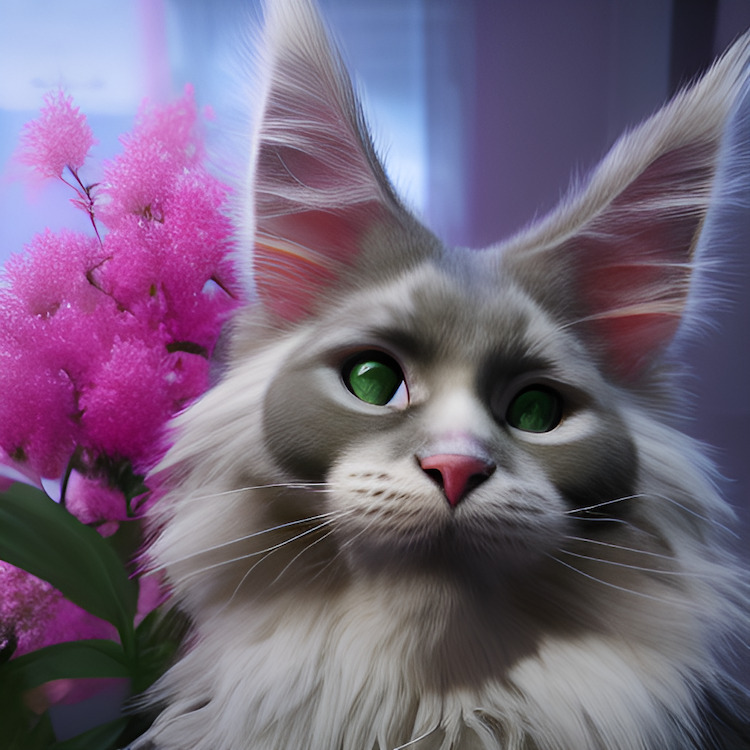
Poinsettia: Poinsettias are popular holiday plants, but their reputation as highly toxic to cats is somewhat exaggerated. While they can cause mild gastrointestinal discomfort if ingested, severe toxicity is rare. It’s still advisable to keep Poinsettias away from your cats to be on the safe side.
Day Lily: While the true lilies (Lilium species) are the most dangerous for cats, certain daylilies (Hemerocallis species) can also cause issues. Day Lily ingestion can lead to gastrointestinal upset, lethargy, and even kidney damage in cats. Avoid planting daylilies in areas accessible to your feline companions.
Rubrum Lily, Easter Lily, Stargazer Lily, and Tiger Lily: These lily varieties are highly toxic to cats. Ingesting even small amounts, including petals or leaves, can cause severe kidney failure. Symptoms may include vomiting, loss of appetite, lethargy, and increased thirst and urination. Urgent veterinary care is crucial if your cat has ingested any part of these lilies.
Tulip: Tulips are cherished for their vibrant colors and are common in gardens during the spring season. The toxic compounds present in tulip bulbs can cause gastrointestinal upset and, in some cases, allergic reactions in cats. Ensure that your cats cannot access tul
English Ivy: English Ivy is a climbing vine often used as an ornamental plant in homes and gardens. While it adds a touch of elegance, it is toxic to cats. Ingesting English Ivy can lead to vomiting, diarrhea, abdominal pain, excessive drooling, and even difficulty breathing. If you have this plant in your home, make sure it is placed in an area inaccessible to your cat.
Dieffenbachia: Dieffenbachia, also known as dumb cane, is a popular houseplant due to its attractive foliage. However, it contains oxalate crystals that can cause intense oral irritation, excessive drooling, and difficulty swallowing if chewed or ingested by cats. Ensure that your cat cannot access this plant, and if you notice any symptoms, seek veterinary assistance immediately.
Aloe Vera: Aloe vera is a common plant known for its medicinal properties and is often found in homes. While it has various benefits for humans, it can be toxic to cats if ingested. The gel inside the leaves of the aloe vera plant contains anthraquinones, which can cause gastrointestinal upset, including vomiting and diarrhea, in cats. Keep aloe vera plants out of your cat’s reach to avoid any accidental ingestion.
Sago Palm: The Sago palm, also known as Cycas revoluta, is a popular ornamental plant found in many households. However, it contains toxins that can cause severe liver damage in cats. Ingesting any part of the plant, including the seeds, leaves, or roots, can lead to symptoms such as vomiting, diarrhea, seizures, and even liver failure. Immediate veterinary attention is required if you suspect your cat has ingested any part of the Sago palm.
Creating a safe environment for our beloved cats involves being knowledgeable about the plants that can pose a threat to their well-being. Several common plants, including those mentioned in this guide, can be toxic to cats if ingested. As responsible pet owners, it is essential to be vigilant and keep these plants out of our cats’ reach. By understanding the potential dangers associated with toxic plants, we can take proactive measures to protect our feline friends from harm. Remember to research and choose cat-safe alternatives when selecting houseplants or planning your garden. If you suspect your cat has ingested a toxic plant or exhibits any unusual symptoms, seek immediate veterinary care. With proper awareness and precautions, we can ensure the well-being and safety of our furry companions.


